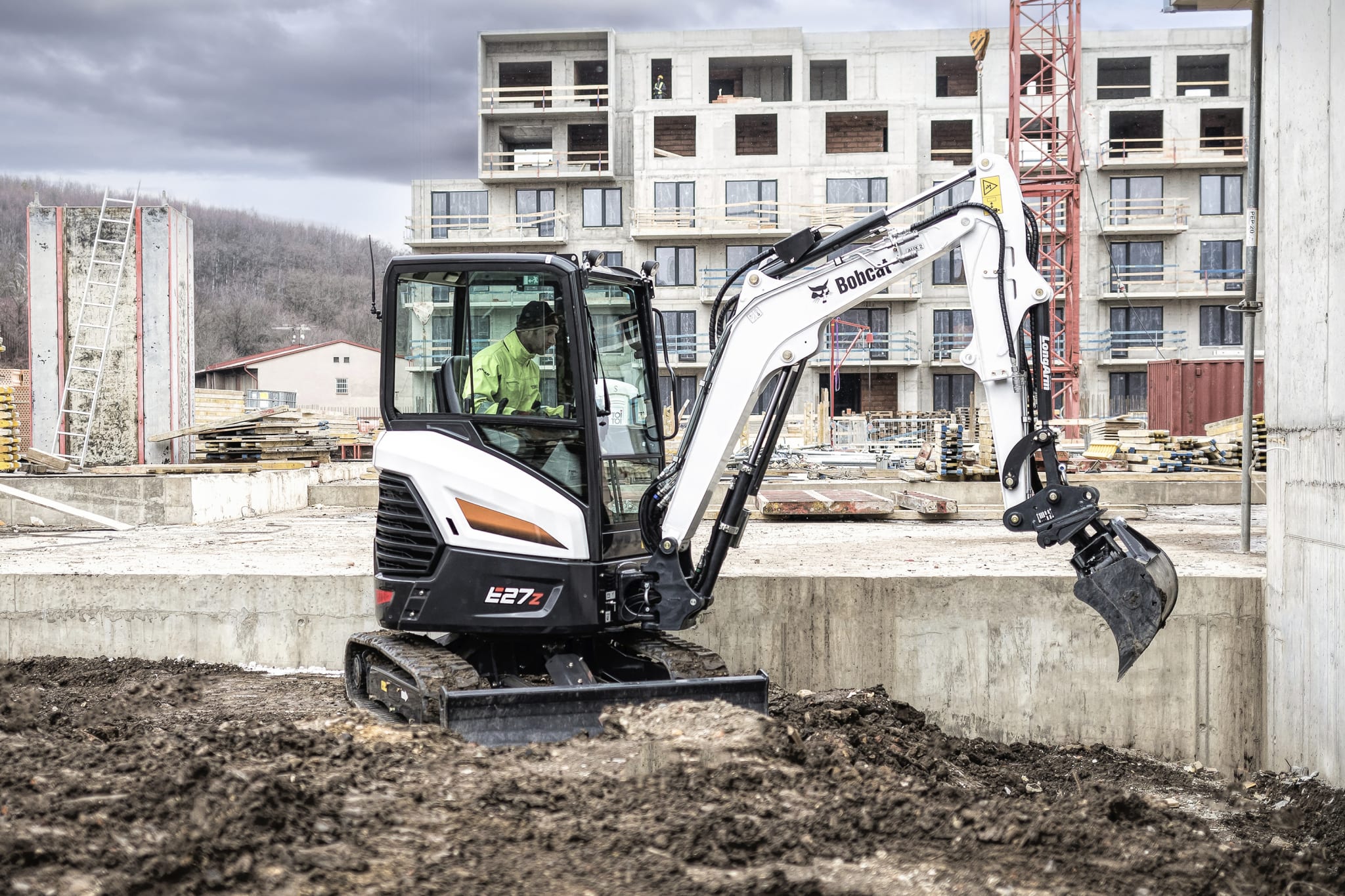Soybean farmers in the Bismarck region are scrambling this fall. As China keeps its ports closed to U.S. soybeans under retaliatory tariffs, producers here are seeing basis levels crater, storage sites fill, and income projections shrink – all just as harvest kicks into full swing.
North Dakota soy producers long counted on Chinese buyers to absorb a large share of their crop. But with tariffs effectively blocking that route, they’re left to find new customers or hold product in oversubscribed bins.
In rural counties around Bismarck—McLean, Burleigh, and Morton—farmers report local grain elevators with “Now Accepting” signs already turning away new deliveries. Some are hauling 20–30 miles to find space. The ripple effect is felt in Bismarck’s agricultural supply businesses, local banks, and trucking firms that depend on steady movement of grain.
Statewide, farmers lament that federal aid cannot substitute for lost market access. “We need trade restored — not just checks,” said Justin Sherlock, president of the North Dakota Soybean Growers Association.
Chase Dewitz, a fourth-generation farmer near Wing, admits this is among his toughest seasons: “My cost is $10–11/bushel. At current prices of $8.50, I'm in red on 40% of my acres. I might just hold everything and wait.”
Chris Johnson, farming near Wahpeton, warned about storage collapse: “Elevators around here are already full. Basis is $1.40 under now — that tells you demand’s gone.”
Mark Watne, president of the ND Farmers’ Union: “You can’t stay afloat long missing your biggest buyer. Bismarck‐area businesses tied to farm cash feel it too.”
Bismarck stands to benefit (or feel pressure) from state fiscal tightness, so how the state handles revenue shortfalls could influence infrastructure, grants, or subsidies in the city.
The push toward autonomous agriculture, and value-added processing, provides opportunities for new business ventures or upskilling in Bismarck’s ecosystem.
Manufacturing growth tied to agriculture / energy / equipment could mean local supplier opportunities or expansion of industrial jobs near Bismarck.
The utility rate proposal is a more immediate “story” with local impact — possible reactions, advocacy, and responses from local leaders could be compelling coverage. The tension in export markets (soybeans) is a real challenge for many in the region; local profiles (farmers, coop managers) can bring that story home.
“We do mock-code strokes, drills, constant training. Our aim is to give our Bismarck community the best outcomes when every minute counts.”— Brannigan Hamrick, Stroke Unit Coordinator, CHI St. Alexius (Bismarck)
What Locals Should Watch
Local economies: Farm distress will ripple through Bismarck’s seed suppliers, equipment dealers, and service industries.
Credit stress: As margins thin, loan defaults may climb, putting strain on rural lenders.
Political pressure: State and federal reps from Bismarck will be under pressure to demand tariff relief.
Storage/logistics shakeups: New crush plants opening regionally (e.g. in Jamestown, Casselton) may absorb some volume, but not enough fast enough.
Trade developments: Any breakthrough in U.S.–China talks could shift the calculus — locals should watch statements from U.S. Trade Rep. and Senate Ag leaders.
The bottom line: for Bismarck-area soy farmers, lost access to China isn’t just financial—it’s existential. Without new export routes or a revived trade deal, many will be forced to take steep losses or default. The entire agricultural backbone of the region is under a stress test.



